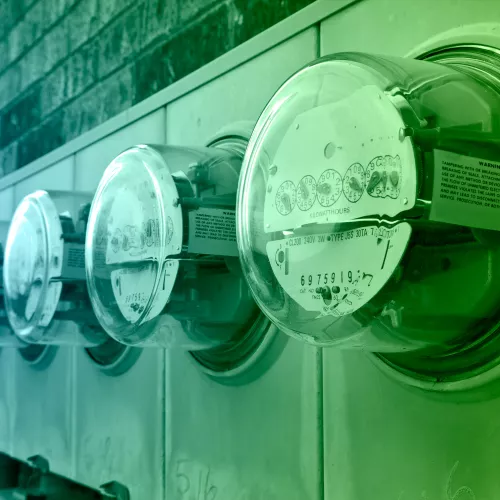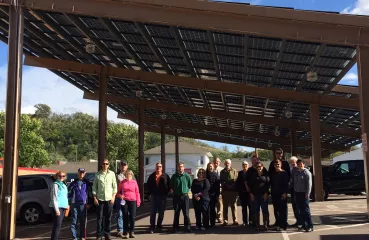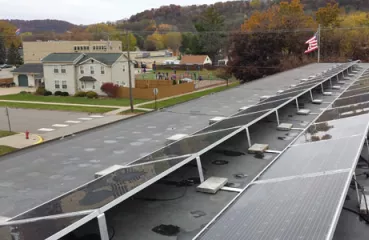What is B3 Benchmarking?
B3 Benchmarking is an online tool for tracking and managing energy use in public buildings. In B3, you can set up site profiles for your buildings, enter meter data, and then use the tool to see how your buildings are performing.
So, what’s the point?
First and foremost, benchmarking helps you find low and no-cost opportunities to save energy (and money!) in your buildings. It allows you to monitor your energy and water use, show progress, and demonstrate the value of those efficiency projects you want to do—or have already done. Cities across Minnesota, like Red Wing, La Crescent, and Warren, have found benchmarking to be a valuable tool in their efficiency efforts.
But staff time is always at a premium, so how long does it actually take?

Tips from Jason Walker at Southwest Regional Development Commission
Jason Walker, Southwest Regional Development Commission (SRDC) and CERTs, used the SRDC as a case study to see what was required and how long it took to set up B3 for a building.
He found that the total time—from learning the system and setting up the site to entering the data and running the first reports—was approximately seven hours.
After that initial investment of time, data entry time dropped to 15 minutes per month, or three hours per year. If you want to actually make use of the data (and you should!), budget in a couple more hours per year to run the reports and look over the results.
Jason’s has a couple suggestions for learning B3. He found that the following two resources to give the best information in the shortest amount of time:
- A large, step-by-step PowerPoint Presentation from the Weidt Group from 2017. Especially useful were the slides on what information to take from the utility bills.
- The video series on the B3 website.
And, another important tip: If you are not the first person to access B3 for your organization, call or email first before registering.

Tips from Danica Swanson at Headwaters Regional Development Commission
Up in the Northwest CERT Region, GreenCorps member Danica Swanson based at Headwaters Regional Development Commission (HRDC) has also been digging into B3, in her case with cities.
Based on her experiences, Danica has developed a short handout to assist new users of B3.
One of the key takeaways: Make sure that you define the space types correctly—which is important for understanding whether your building is using too much energy. On the handout you will also find useful information on what data you will need to gather and tips for adding site and meter data.
And if you have any questions, feel free to get in touch with the friendly folks at B3 Benchmarking or with your CERTs Regional Coordinator. Happy Benchmarking!
Featured Tools & Guides
We encourage reuse and republishing of this article. All Clean Energy Resource Teams news posts are made available under the Creative Commons Attribution license, meaning you can share and adapt the work as long as you give us credit. We'd also love it if you link back to the original piece. Have questions or want to chat? Drop us a line.





